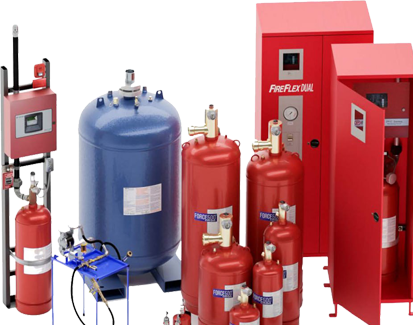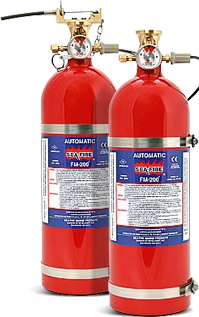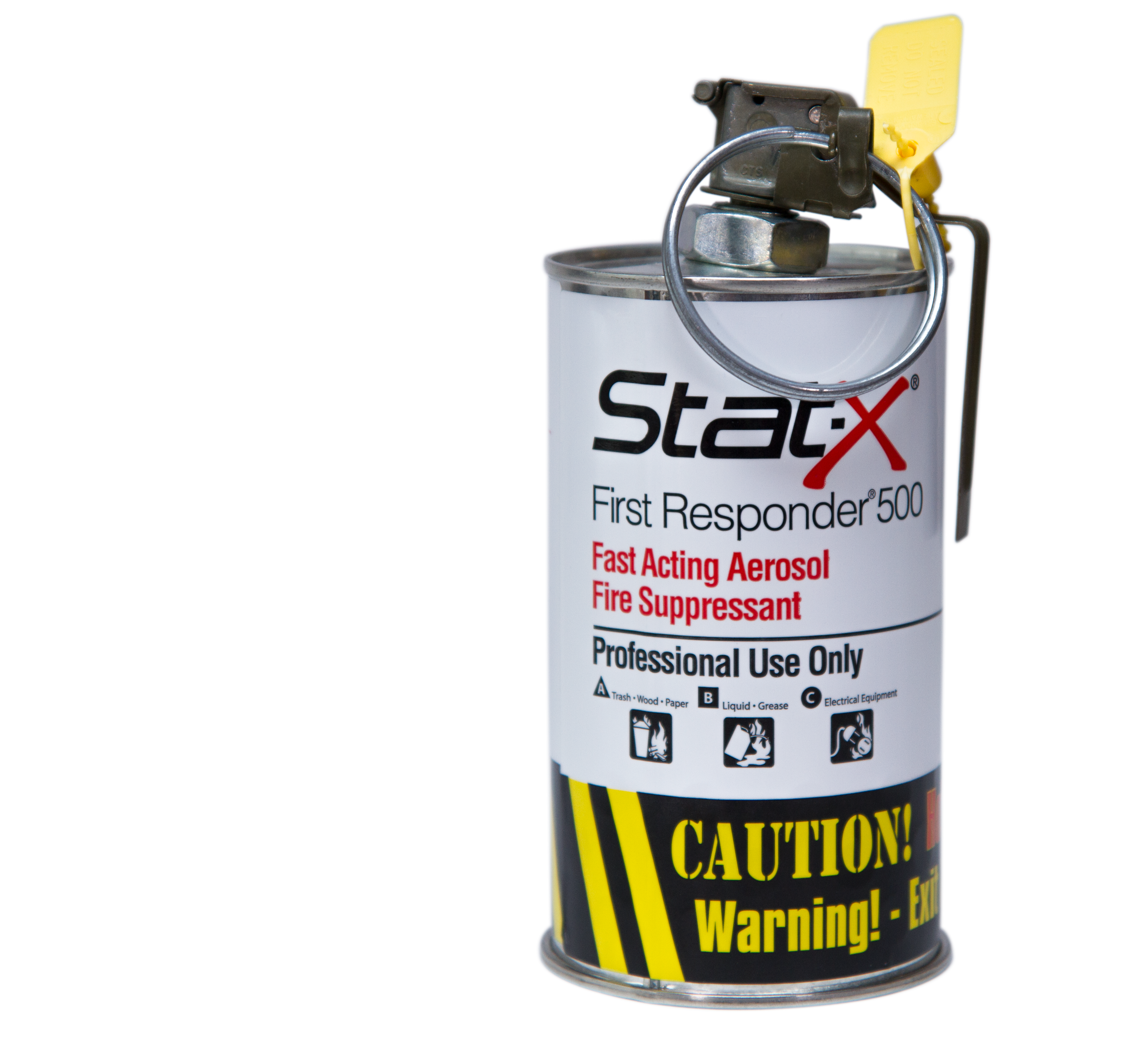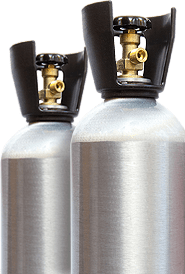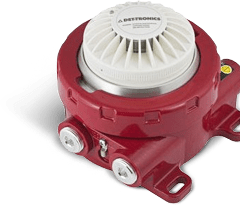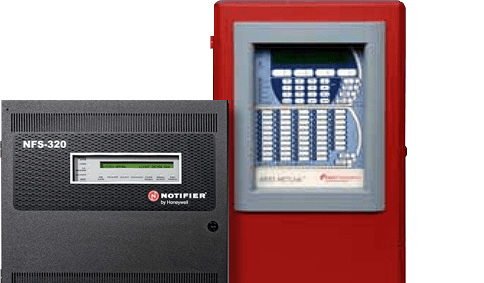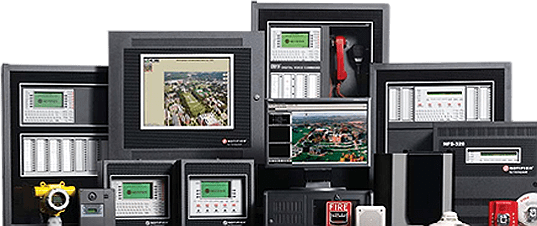Why Not All Fire Extinguishers Are Allowed in Server Rooms — And Which Ones Are
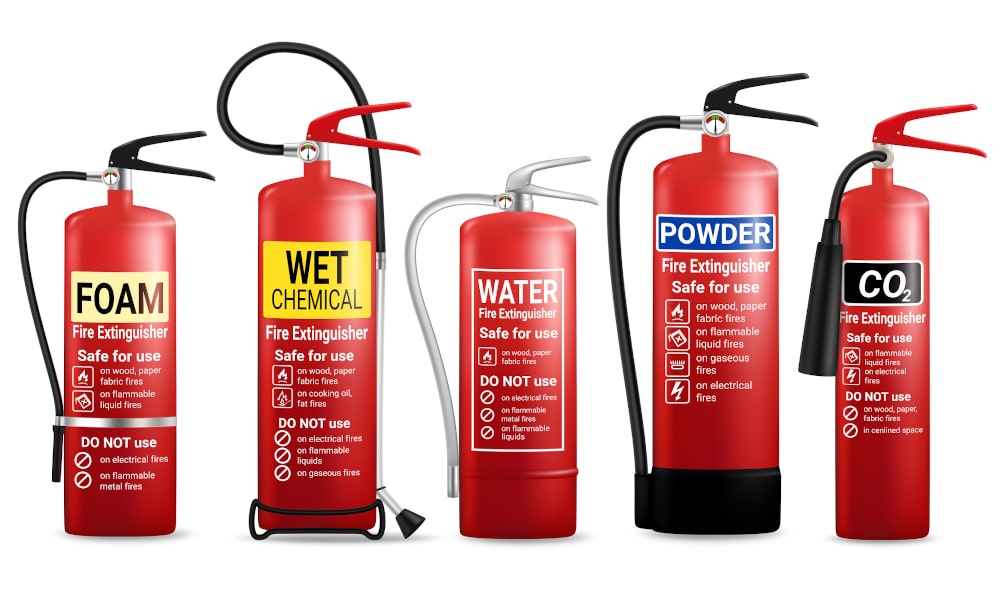
For IT facility managers, data centre operators, and engineers in Canada, fire safety isn't just about meeting code — it's about safeguarding the digital heart of your business. A single fire event in a server room can mean more than equipment loss: it can result in catastrophic data loss, operational downtime, and long-term reputational damage. Yet, not all fire extinguishers are created equal, and many commonly available types can do more harm than good in sensitive server environments. Understanding the legal, technical, and practical reasons for choosing the right extinguishers is essential to keeping your critical infrastructure both safe and compliant.
Fire Safety Requirements in Server Rooms
The Unique Fire Risks in Server Rooms
Server rooms and data centres are high-risk environments due to their dense concentration of electrical equipment, complex cabling, and round-the-clock operation. Electrical faults, overheating components, and short circuits are among the leading causes of fire. Complicating matters, the fire load in these spaces is considerably higher than in typical office areas, and the consequences of downtime can be enormous — from data loss to business interruption.
Explore further
Beyond the value of the physical equipment, the data held on servers is often irreplaceable, making continuity of service a top priority. Rapid, targeted fire suppression is crucial to minimizing both financial and operational impact.
Standards and Codes That Regulate Server Room Fire Protection
In Canada, server room fire protection is governed by a combination of national and local regulations, including NFPA 75 , CAN/ULC-S561 , and the fire codes enforced by your local Authority Having Jurisdiction (AHJ). These standards define acceptable suppression methods, equipment installation, and ongoing maintenance requirements. The Canadian Electrical Code and insurance guidelines may also apply.
Importantly, clean agent systems — using non-conductive, residue-free chemicals — are the preferred choice for protecting electronic equipment. Water-based solutions, while common for general fire suppression, are not suitable for electrical or server room fires due to their risk of damage and conductivity.
Why Traditional Fire Extinguishers May Be Unsafe for Server Rooms
The Risks of Using Water-Based and ABC Powder Extinguishers
Traditional fire extinguishers, such as water and ABC dry chemical types, are not recommended in server rooms. Water-based extinguishers are ineffective against electrical fires and can cause severe, irreversible damage to sensitive electronics. ABC dry chemical extinguishers, though rated for electrical fires, use powders that are corrosive and leave a residue that can destroy hardware, even after the fire is out.
A common scenario is server rack damage following the use of an ABC extinguisher: while the fire may be extinguished, the powder residue often renders critical equipment unusable. In environments where equipment integrity is paramount, these extinguishers should be avoided.
Common Misconceptions About "One-Size-Fits-All" Extinguishers
Although some ABC extinguishers are technically rated for electrical fires, they are not suitable for use around valuable electronics due to the risk of secondary damage. Similarly, CO₂ extinguishers are sometimes considered for server rooms. While they leave no residue, they pose a significant asphyxiation hazard in confined or occupied spaces, as they displace oxygen to suppress flames.
Fire Extinguishers That Are Safe for Server Rooms
Clean Agent Fire Extinguishers (e.g., Halotron, FK-5-1-12)
Clean agent fire extinguishers — such as Halotron and FK-5-1-12 — offer the safest, most effective option for server rooms. These agents suppress fire without leaving residue, are non-conductive, and will not damage sensitive equipment or data storage devices. They are also recognized by Canadian and international fire codes for use in IT environments.
People also search
Modern clean agents like FK-5-1-12 are also designed with environmental stewardship in mind, featuring low Global Warming Potential (GWP) and zero ozone depletion potential.
Stat-X Aerosol Fire Suppression Units
Stat-X aerosol units are compact, automatic fire suppression devices ideal for micro-environments, such as network closets or small server cabinets. When activated, they release a fine aerosol that chemically interrupts the combustion process. These units are easy to install and maintain, and offer a fast, targeted response without damaging equipment.
CO₂ Fire Extinguishers (With Caution)
CO₂ extinguishers are effective and leave no residue, making them a potential choice for server rooms that are rarely occupied or have strong ventilation. However, due to the risk of oxygen depletion, they must be used with caution and are best reserved for unoccupied spaces or where clean agent systems are not feasible.
Choosing the Right Fire Extinguisher for Your Server Room
Factors to Consider When Selecting a Fire Extinguisher
When choosing extinguishers for your server room, consider the following:
- Occupancy: Is the room staffed or unstaffed?
- Size and configuration: Larger rooms or high-density environments may require multiple suppression options.
- Downtime tolerance: For mission-critical operations, choose systems that minimize recovery time.
- Compliance: All equipment must meet applicable codes (e.g., CAN/ULC-S508, NFPA 2001), insurance requirements, and manufacturer recommendations.
- Environmental impact: Consider using clean agents with minimal ecological footprint.
Supplementing with Fixed Fire Suppression Systems
Portable extinguishers should be part of a broader fire safety plan. For full protection, install a fixed clean agent fire suppression system designed specifically for IT environments. These systems automatically detect and suppress fires before they can spread, protecting both hardware and data while minimizing operational disruption.
Integrate your detection and suppression systems with your local fire department's response protocols to ensure the fastest possible intervention.
Final Recommendations & Compliance Tips
- Consult certified specialists : Always work with ULC-listed and code-compliant fire protection professionals to ensure your systems meet both legal and operational requirements.
- Train staff: Regularly train all personnel in the safe use of extinguishers and emergency procedures.
- Combine strategies: Use a layered approach — combine portable clean agent extinguishers, fixed suppression systems, and monitored alarms .
- Schedule regular inspections: Ensure annual testing and maintenance of all fire safety equipment in line with Canadian standards.
About the Author
This article was developed in collaboration with certified fire protection engineers at Control Fire Systems Ltd., a recognized leader in Canadian server room fire safety. Our team is fully accredited and experienced in designing and maintaining code-compliant fire protection systems for data centres and IT facilities across Canada.
Protecting your server room demands more than generic solutions — choose fire extinguishers and suppression systems designed specifically for sensitive electronic environments. For a comprehensive risk assessment or to upgrade your fire protection plan, contactControl Fire Systems Ltd. today and ensure your critical systems are ready for anything.






